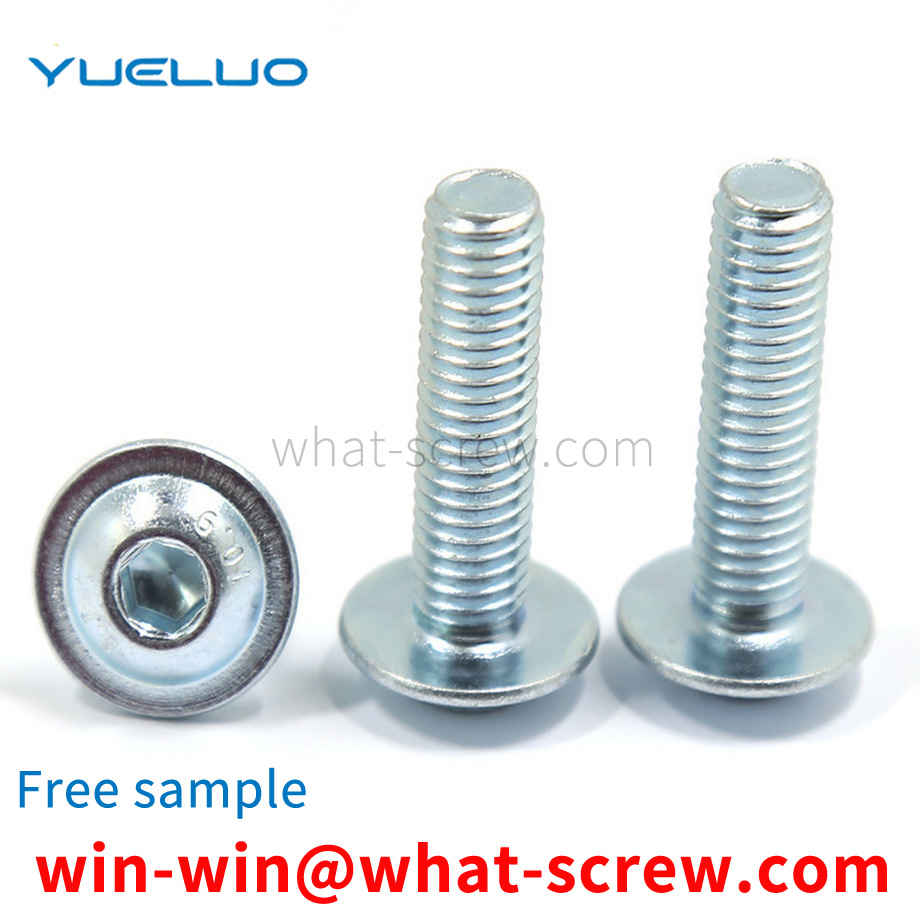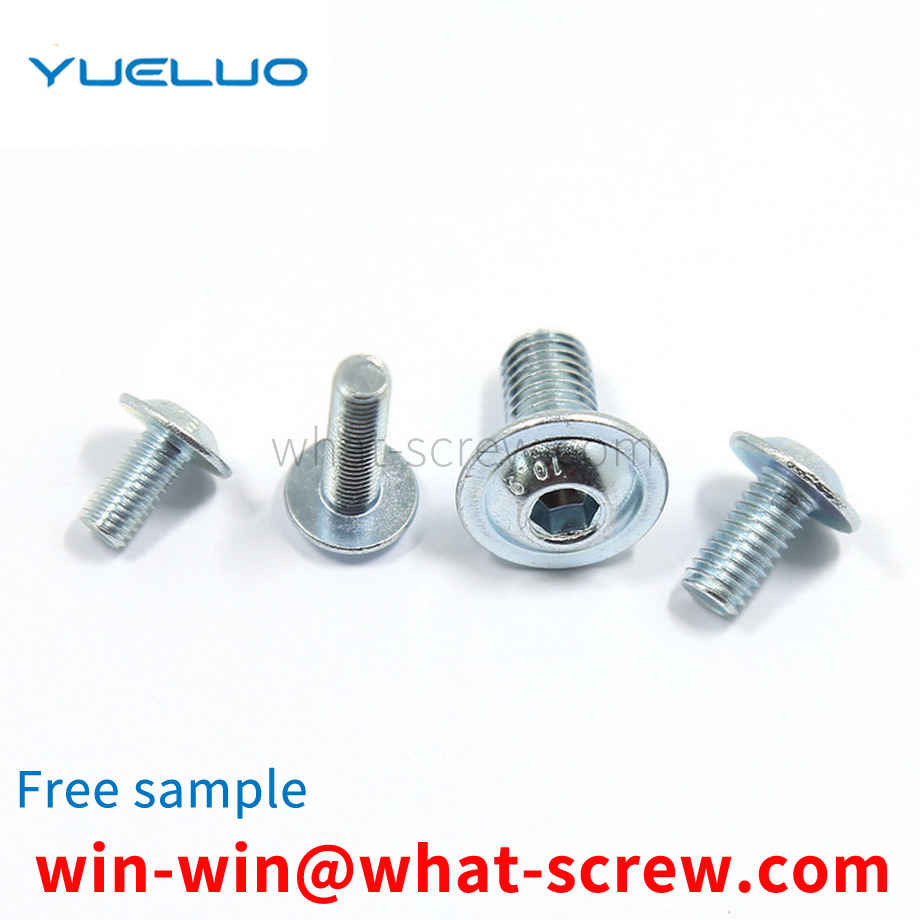Pressure riveting standoffs, also known as pressure riveting studs or standoffs, are non-removable fasteners that are used in conjunction with rivets to provide a threadless type. A sheet metal part is a product processed by a sheet metal process, that is, a sheet metal substrate is formed into a sheet metal part with a certain shape through cutting, bending, drilling, welding and other processes. On some sheet metal parts, such as chassis and electrical boxes produced by sheet metal, it is usually necessary to set rivet standoffs to facilitate the installation of internal components. The existing standoffs are usually installed on the sheet metal substrate by extrusion, and the connection is not firm.
Stainless steel nuts generally have or become loose during use, which mainly depends on the thread. As for the threaded sleeve, it is a new type of threaded fastener, which is a spring-shaped inner and outer thread concentric body precisely machined from stainless steel wire with high-precision diamond cross-section. Of course its performance is also very good. The following are the following methods of loosening stainless steel nuts: 1. On the mechanical parts loaded with metal or non-metallic materials (such as aluminum, magnesium and other light alloy engineering materials), it can form high strength, wear resistance, high precision standard internal thread. Such as applications: high-voltage switchgear, hydraulic machinery, welding equipment |, tobacco machinery, microwave communications, auto parts, air separation equipment, coal machinery, power machinery, textile and chemical fiber machinery, etc.
The difference between high-strength bolt friction type and pressure-bearing type connection: High-strength bolt high-strength bolt connection is to clamp the plate of the connecting plate through a large tightening pre-pressure in the bolt rod, which is enough to generate a large friction force, thereby improving the connection. The integrity and stiffness of the bolt can be divided into two types: high-strength bolt friction type connection and high-strength bolt pressure type connection according to different design and force requirements when subjected to shear force. The essential difference between the two is that the limit state is different, although It is the same kind of bolt, but it is very different in terms of calculation method, requirements, and scope of application. In the shear design, the friction type connection of high-strength bolts is the limit state when the external shear force reaches the possible maximum friction force provided by the bolt tightening force between the contact surfaces of the plates, that is, the internal and external shear force of the connection is guaranteed not to exceed maximum friction. The plate will not undergo relative slip deformation (the original gap between the screw and the hole wall is always maintained), and the connected plate will be elastically stressed as a whole. In the design of shear resistance, the external shear force is allowed to exceed the maximum friction force in the high-strength bolt-bearing connection. At this time, relative slip deformation occurs between the connected plates until the bolt rod contacts the hole wall, and then the connection depends on the bolt rod. The shearing of the body and the bearing of the hole wall and the friction between the contact surfaces of the plates jointly transmit the force, and finally the shearing of the shaft or the bearing of the hole wall is regarded as the limit state of the connection shearing. In a word, friction type high-strength bolts and pressure-bearing high-strength bolts are actually the same type of bolts, but whether the design considers slippage. Friction type high-strength bolts can never slide, and the bolts do not bear shear force. Once slipped, the design is considered to reach a state of failure, which is technically mature; pressure-bearing high-strength bolts can slide, and the bolts also bear shear force, and the final damage is equivalent to ordinary Bolt failure (bolt shearing or steel plate crushing).
Stainless steel bolts refer to bolts made of stainless steel, including stainless steel SUS201 bolts, stainless steel SUS304 bolts, stainless steel SUS316 bolts, and stainless steel SUS316L bolts. The performance grades of stainless steel bolts, studs and studs are divided into 10 grades: from 3.6 to 12.9. The number before the decimal point represents 1/100 of the tensile strength limit of the material, and the number after the decimal point represents 10 times the ratio of the yield limit to the tensile strength limit of the material.
Therefore, there is a need to design a bearing retaining ring disassembly and installation device that facilitates the installation and disassembly of the bearing retaining ring, and is safe and reliable.
We have many years of experience in the production and sales of screws, nuts, flat washers, etc. The main products are: aluminum alloy double inner teeth, explosive expansion screws, blackened high-strength washers, blue-plated bolts and other products, we can provide you with suitable tightening. Firmware Solutions.



















 Service Hotline
Service Hotline




